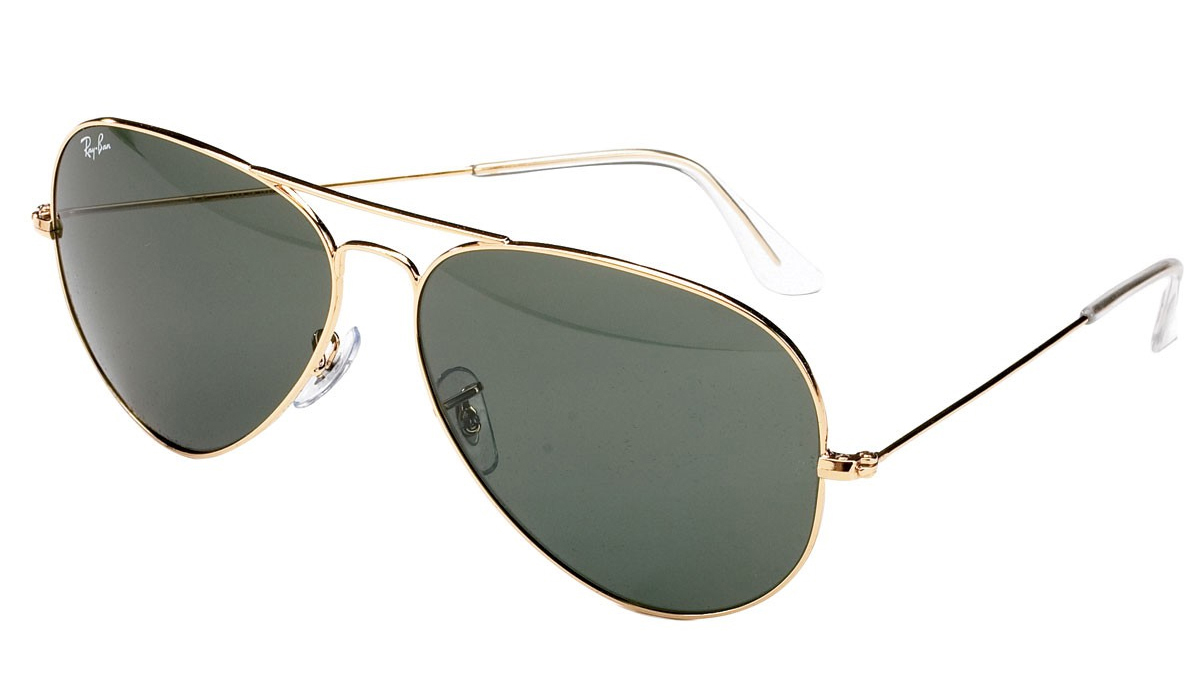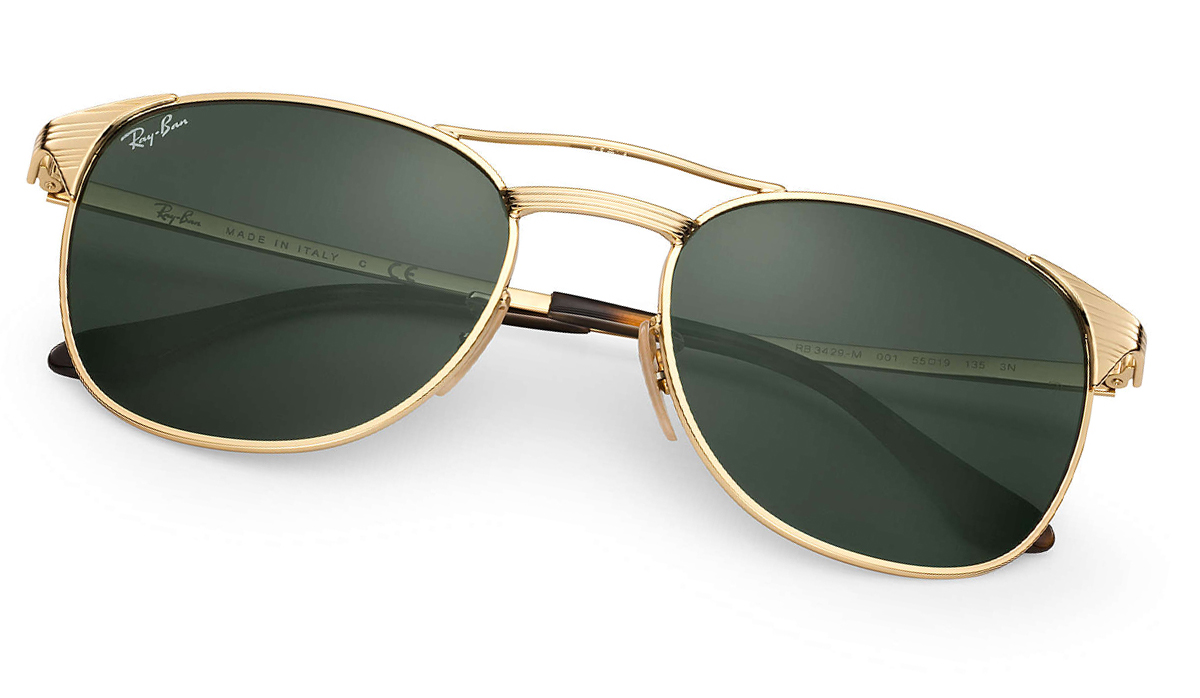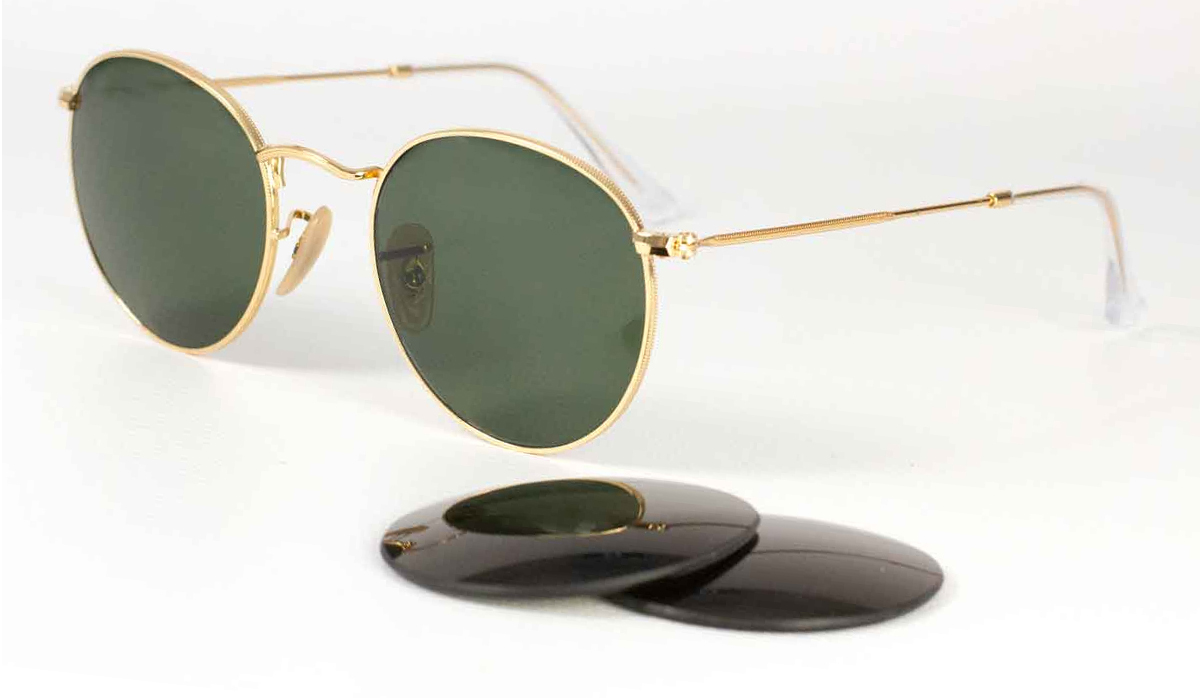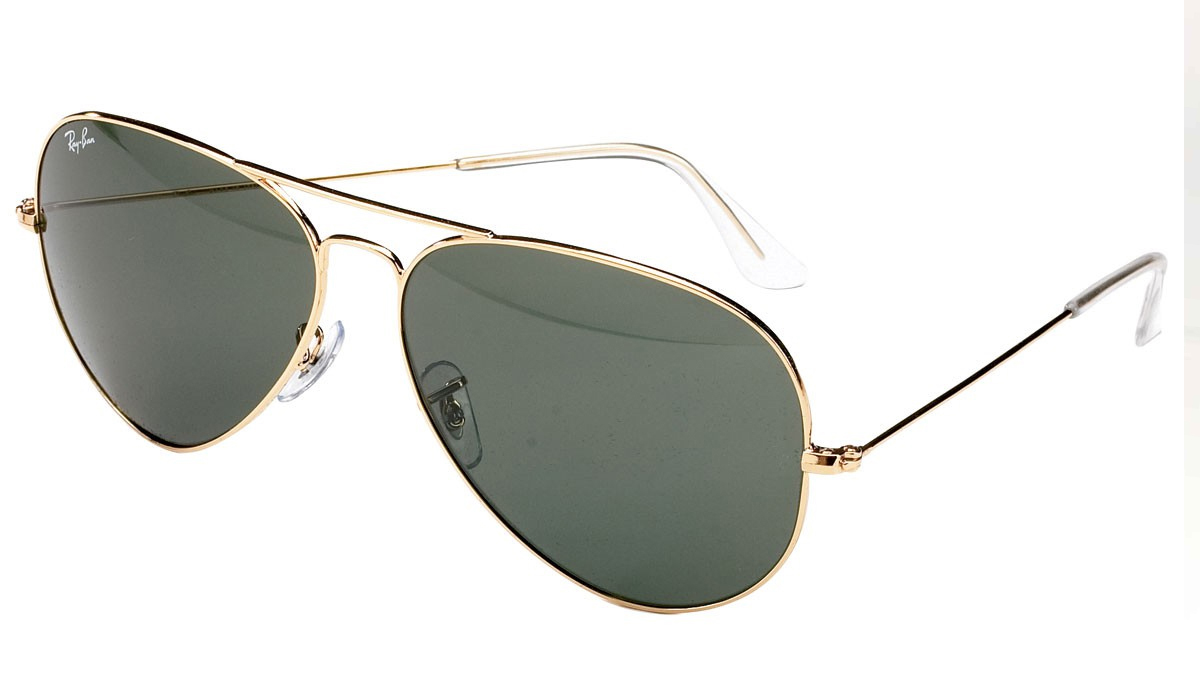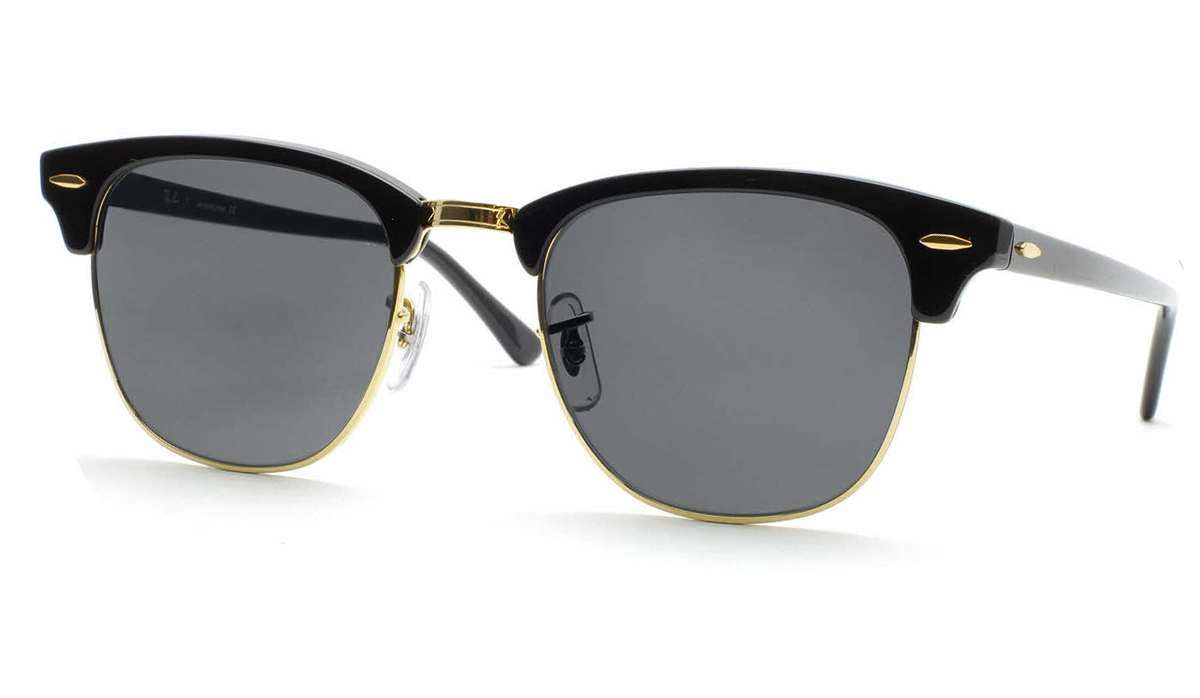1. What is the difference between Single Vision, Bifocal, Progressive Lenses
Single vision lenses: a large majority of glasses come with single vision correction. This common type of lens is generally used to correct near sightedness, far sightedness or used as reading glasses.
Bifocal lenses: these glasses come with two vision corrections. One is on the lower part of the lens to help you read or see from near, and the other on the upper part includes a distance prescription.
Progressive lenses: multifocal lenses offer multiple corrections in one pair. These prescriptions have a no-line lens and offer near distance vision for reading, intermediate distance vision for computer work and far distance vision for driving.
2. Anti-Reflective/Anti Glare Coating
Anti-reflective coating (also called "AR coating" or "anti-glare coating") improves vision, reduces eye strain and makes your eyeglasses look more attractive. ... AR coating is especially beneficial when used on high-index lenses, which reflect more light than regular plastic lenses. Today's modern anti-reflective coatings can virtually eliminate the reflection of light from eyeglass lenses, allowing 99.5 percent of available light to pass through the lenses and enter the eye for good vision. By eliminating reflections, AR coating also makes your eyeglass lenses look nearly invisible so people can see your eyes and facial expressions more clearly. Anti-reflective glasses also are more attractive, so you can look your best in all lighting conditions.
3. UV Prospective
UV protection means blocking the ultraviolet light from reaching your eyes. Just as sunscreen helps protect your skin from UV damage, UV glasses block most of the ultraviolet rays reaching your eyes. It's possible to block 99 percent to 100 percent of ultraviolet rays from reaching your delicate eyes and causing damage.
4. Water Repellent
The water-repellent coatings of lenses prevents water droplets from sticking to the lens. This is achieved by having a slight angle to the lens that causes the water drops to slide down and off. The smaller the angle, the more effective the slide-off - the optimum angle being around six degrees.
5. Anti-Smudge
Anti smudge lenses work by having a special coating placed on top of the lens which stops smudges and dirt from sticking to the surface.
6. What is Pupillary Distance (PD) ?


Pupillary distance or interpupillary distance is the distance measured in millimetres between the centres of the pupils of the eyes. This measurement is different from person to person and depends on whether they are looking at near objects or far away. Why is it important? Because it tells the manufacturer of the glasses where to put the optical centre on each lens. If the PD is wrong, or as we say in the optical world, “out of tolerance,” you won’t be able to focus your eyes together properly. If your optician does not provide you the PD because they know you will be ordering your glasses online, you can measure it your self as outlined below.
7. How to measure your PD ?
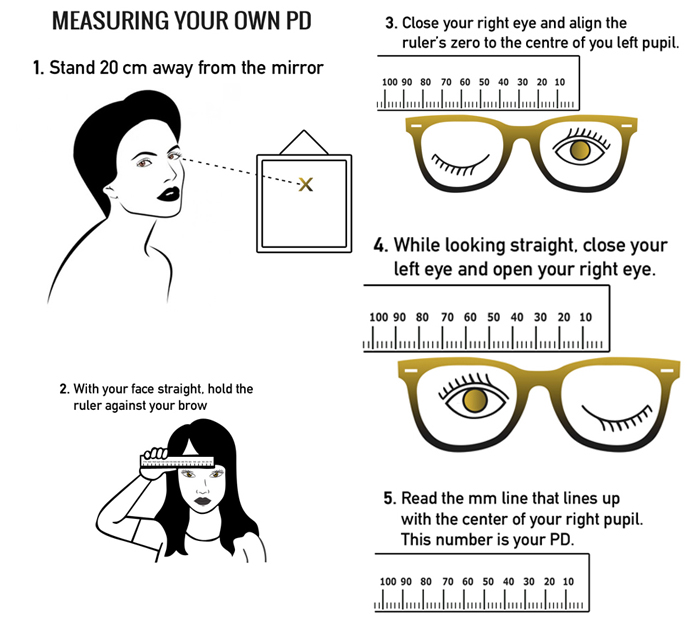

- Stand 20 cm away from a mirror.
- Hold a ruler against your brow.
- Close your right eye then align the ruler's 0 mm with the centre of your left pupil.
- Look straight then close your left eye and open your right eye.
- The mm line that lines up to the centre of your right pupil is your PD.
- Repeat 3 to 4 times to get an accurate and consistent reading
- Range of Adult PD: 54 – 74 mm
- Range of Child PD: 43 – 58 mm
You may also ask a family or friend to measure your PD by following the above procedure.
There are numerous apps and videos available online to assist you to measure your PD.
8. Near PD
You can calculate Near PD for reading glasses by subtracting 3mm from your distance PD. For example, if your distance PD is 63mm, then your near PD is 60mm. If you are using Dual PD to calculate near PD, then subtract 1.5mm from each eye's measurement.
9. Dual PD ?
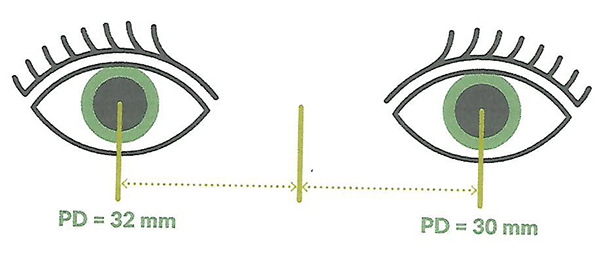

DUAL PD, or monocular PD, consists of two numbers and is the distance between the centres of each pupil to the bridge of the nose. Dual PD is usually written in the following notation: 32/30. The first number is always the right eye (OD) measurement, and the second number is the left eye (OS).
10. Why are our glasses so cheap?
Simple, we do not have unnecessary overheads such as retail shop fronts, we do not carry massive inventory in warehouses. We source the latest products directly from our suppliers on a needs basis. That is why our turnaround times are a bit longer as we order stock from our suppliers as and when needed. This also assists with keeping the latest and most recent styles. As a result, we do not need to hold clearance sales for superseded and out-of-date inventory.
Our primary focus is to provide a no-nonsense, value for money service to our customers.
11. Can I get Rebate from my Health Fund Provider?
You may claim your rebate on prescription glasses from your health fund provider if you are eligible for an optical rebate. Each health fund provider’s policy varies. Please check your provider’s policy and, if eligible, claim your rebate by sending your invoice from ez Optics to your provider to claim your rebate. Ensure you lodge your claim in the required time frames.

